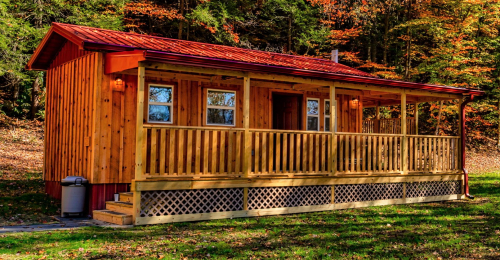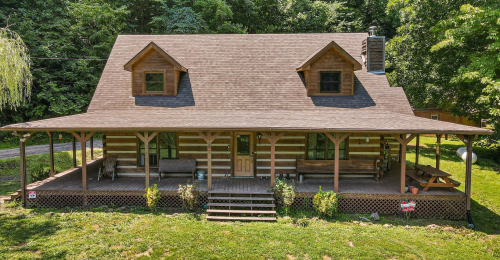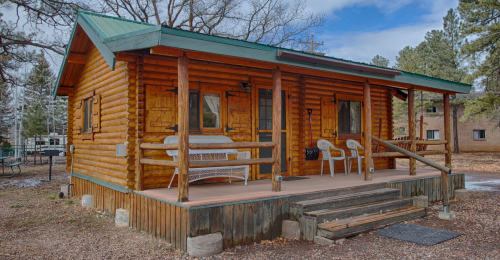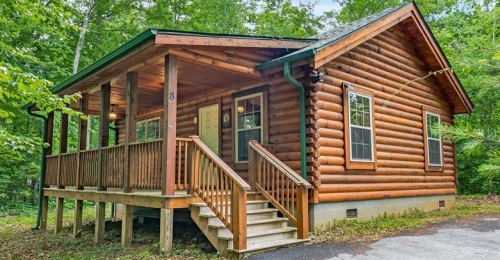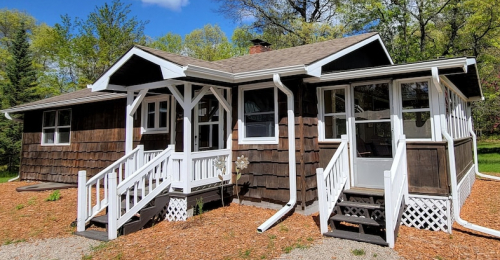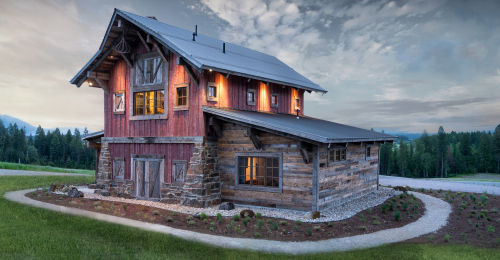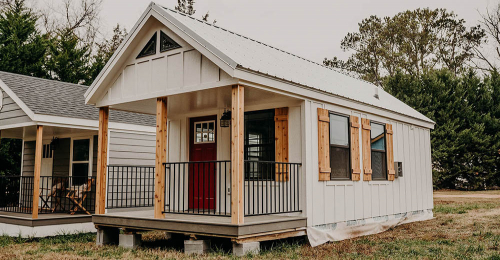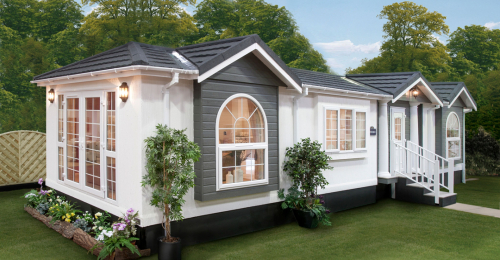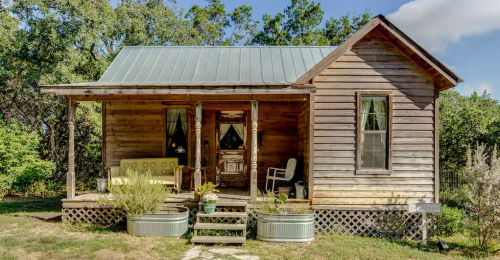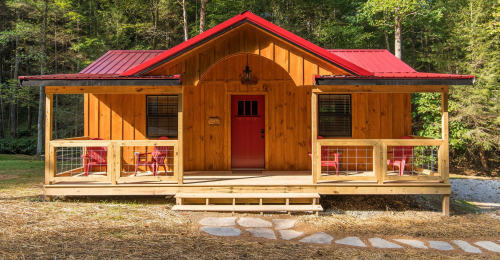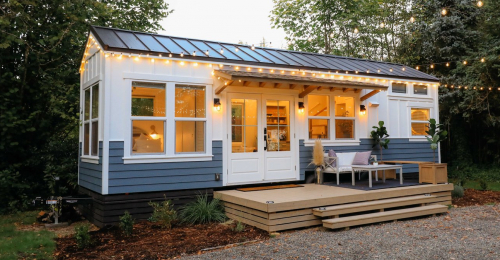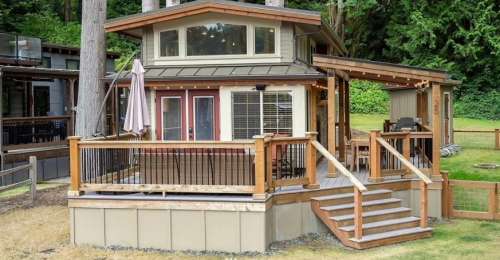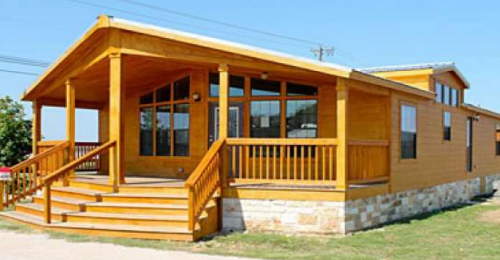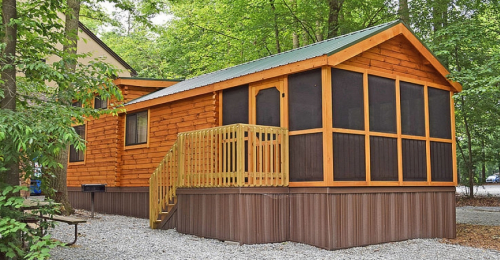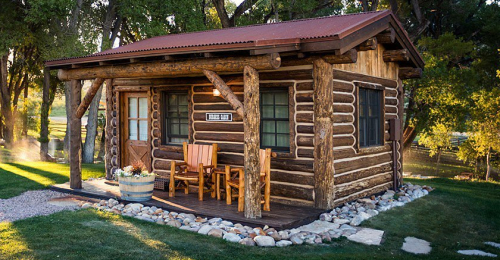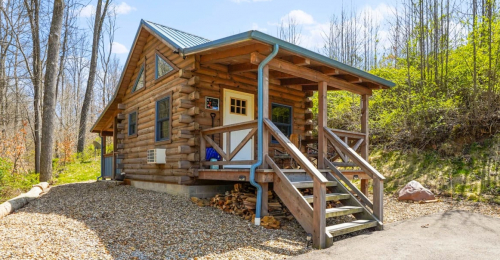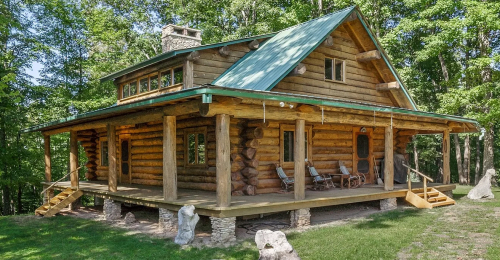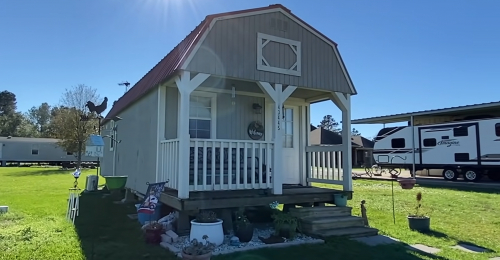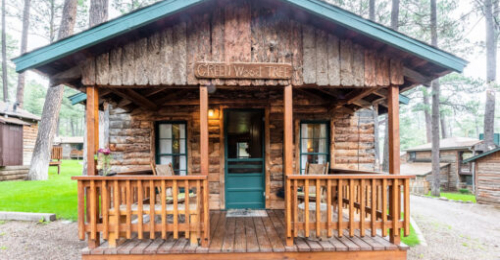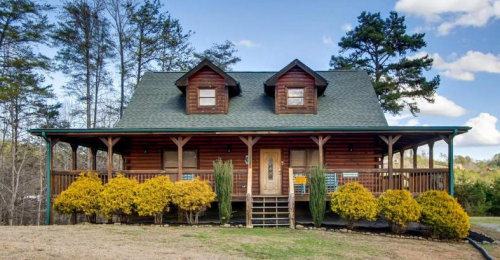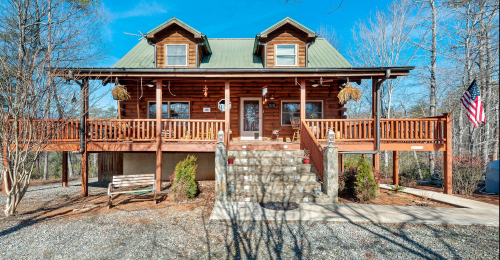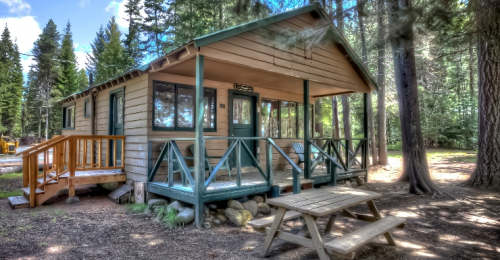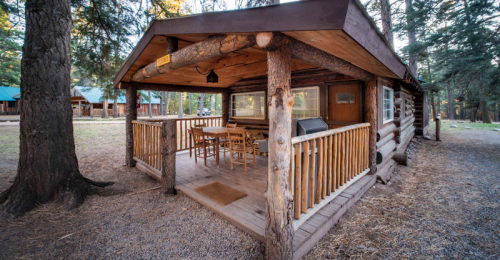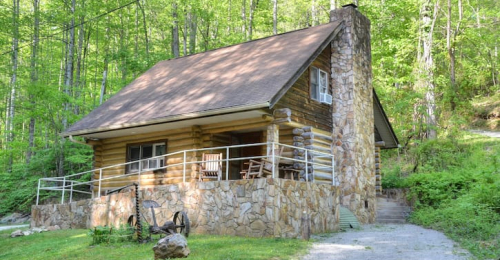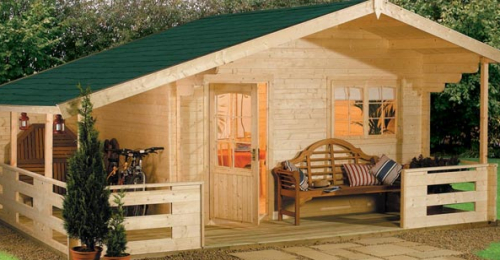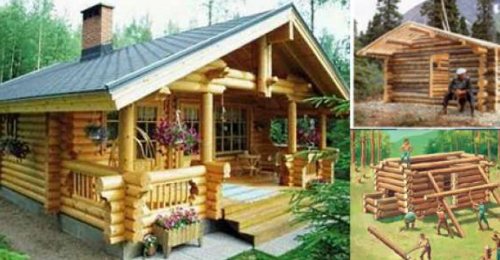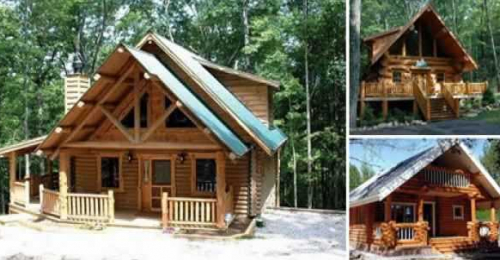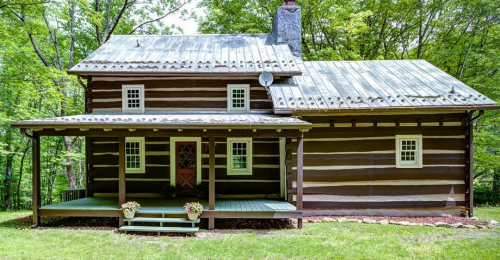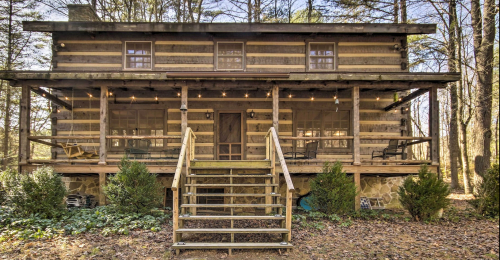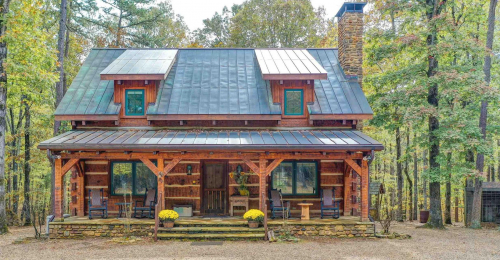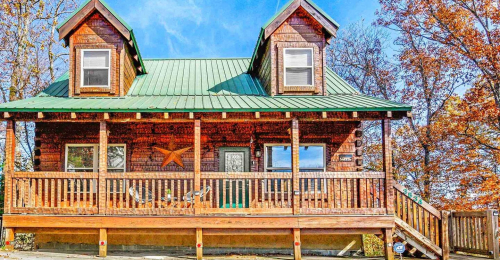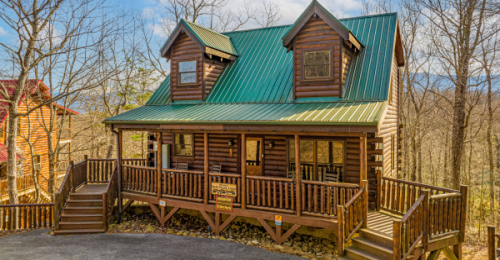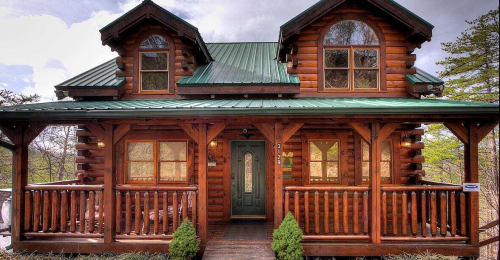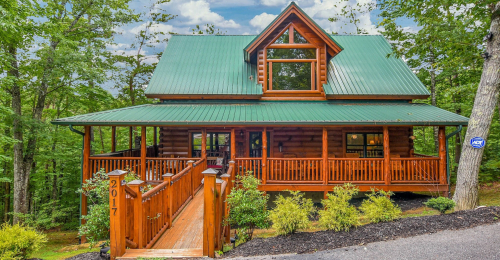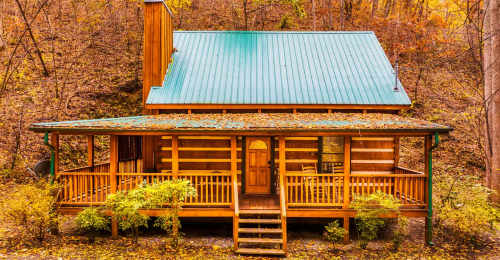This Beautiful Dome House Design Would Be Ideal for Off Grid Living
Written by: Arron J. Staff writer @ Hyggehous.com
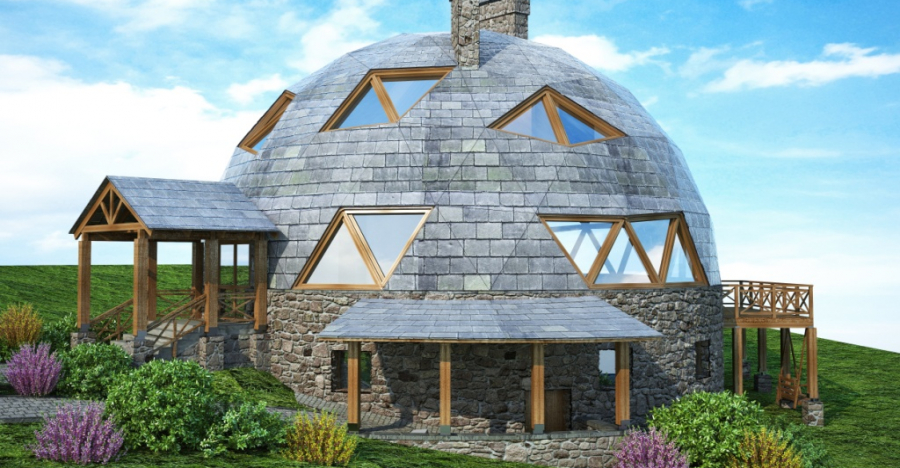
Photo Gallery
.jpg)
Geodesic home designs were originally the brainchild of Buckminster Fuller.
He noticed problems with standard construction projects and sought to improve them through the incorporation of geometric theories about triangles. The spherical architectural design plans Fuller created rank among the most efficient in-home design energy efficiency, with the average homeowner saving about 33 percent on their energy bills. Further, the extremely sturdy triangular shape of this architectural design makes these home designs extremely resistant to any kind of natural disaster. Shop Tiny Homes Lastly, geodesic home designs offer a range of possibilities. And because of the structure of the home, there is no way that you will run into an issue of any load-bearing walls. You are free to move the walls as you please.
The first dome that could be called a geodesic home design was designed after World War I by Walther Bauersfeld, who was the chief engineer of the Carl Zeiss optical company, in which he designed a planetarium that houses his planetarium projector.
A small dome was patented, and constructed by Dykerhoff and Wydmann firm on the roof of the Jena, Germany Zeiss plant. Then a larger dome that was called The Wonder of Jena, was opened to the public in 1926. It wasn't until 20 years later that Buckminster Fuller named the dome the geodesic dome from field experiments at Black Mountain College with artist Kenneth Snelson. Fuller was not the original inventor of the geodesic dome design, but he is credited with the U.S. popularization of the idea and he did receive the U.S. patent for the design in 1954.
The oldest surviving dome that was built by Fuller himself is located in Woods Hole, Massachusetts, and was built by students of his over 3 weeks in 1953.
The geodesic dome appealed to Fuller because it was extremely strong for its weight, with the surface providing an inherently stable design, and because a sphere encloses the greatest volume for the least surface area. From a pure engineering standpoint, the geodesic dome designs are superior to traditionally built square home designs. Geodesic domes are the only man-made building that gets proportionally stronger as the size increases. Geodesic off-grid home designs are lighter, require fewer building materials, are more efficient, are more structurally sound, and more cost-effective too.
In addition to demonstrating the strength of the triangle, Fuller also discovered that a sphere that was created from triangles had unparalleled strength.
This led to the principle of doing more with less and to the geodesic dome. Fuller brought the awareness to the concept that when the geodesic dome’s diameter is doubled it will then quadruple its square footage and produce eight times its volume. A geodesic dome encloses the largest volume of interior space with the least amount of surface area, which in turn saves on building materials and cost. Additionally, a dome’s structure is one of the most efficient interior spaces because air and energy circulate without obstruction. This enables natural heating and cooling. Dome studies, comparing same-size traditional homes, have shown a 30 percent energy savings. Geodesic dome shelters have been built all over the world in various climates, and have proven to be the most efficient human shelter you can find.

.jpg)

.jpg)
